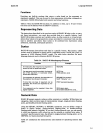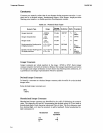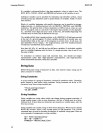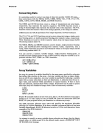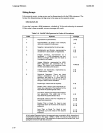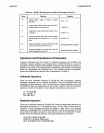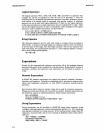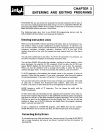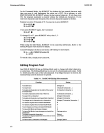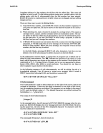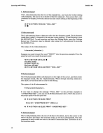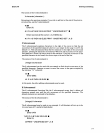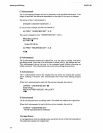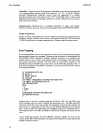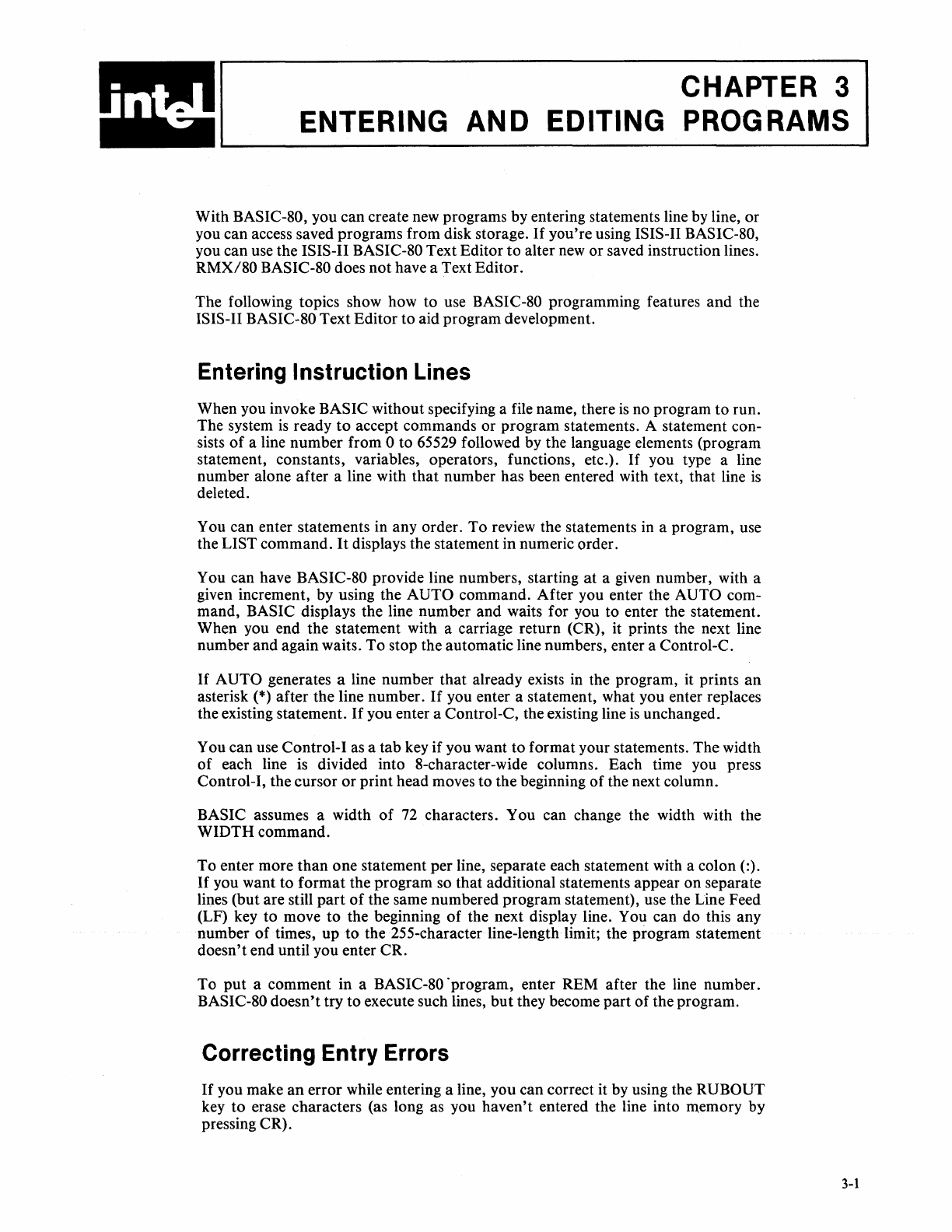
CHAPTER 3
ENTERING
AND
EDITING PROGRAMS
With BASIC-80, you can create new programs by entering statements line by line, or
you can access saved programs from disk storage.
If
you're using ISIS-II BASIC-80,
you can use the ISIS-II BASIC-80 Text Editor
to
alter
new
or saved instruction lines.
RMX/80
BASIC-80 does not have a Text Editor.
The following topics show how to use
BASIC-80 programming features and the
ISIS-II BASIC-80 Text Editor to aid program development.
Entering Instruction Lines
When you invoke BASIC without specifying a file name, there
is
no program
to
run.
The system
is
ready
to
accept commands or program statements. A statement con-
sists
of
a line number from 0 to 65529 followed by the language elements (program
statement, constants, variables, operators, functions, etc.).
If
you type a line
number alone after a line with that number has been entered with text, that line
is
deleted.
You can enter statements in any order. To review the statements in a program, use
the
LIST command.
It
displays the statement in numeric order.
You can have
BASIC-80 provide line numbers, starting
at
a given number, with a
given increment, by using the
AUTO command. After you enter the AUTO com-
mand,
BASIC displays the line number and waits for you to enter the statement.
When you end the statement with a carriage return (CR), it prints the next line
number and again waits. To stop the automatic line numbers, enter a Control-C.
If
AUTO generates a line number that already exists in the program, it prints
an
asterisk (*) after the line number.
If
you enter a statement, what you enter replaces
the existing statement.
If
you enter a Control-C, the existing line
is
unchanged.
You can use Control-I
as
a tab key
if
you want to format your statements. The width
of each line
is
divided into 8-character-wide columns. Each time you press
Control-I, the cursor or print head moves to the beginning of the next column.
BASIC assumes a width
of
72
characters. You can change the width with the
WIDTH command.
To enter more
than
one statement per line, separate each statement with a colon (:).
If
you want to format the program so that additional statements appear on separate
lines (but are still
part
of
the same numbered program statement), use the Line Feed
(LF) key to move to the beginning
of
the next display line. You can do this any
number
of
times, up to the 255-character line-length limit; the program statement
doesn't end until you enter CR.
To
put
a comment in a BASIC-80 'program, enter REM after the line number.
BASIC-80 doesn't try to execute such lines,
but
they become part
of
the program.
Correcting Entry Errors
If
you make
an
error while entering a line, you can correct it by using the RUBOUT
key
to
erase characters (as long as you haven't entered the line into memory by
pressing CR).
3-1



